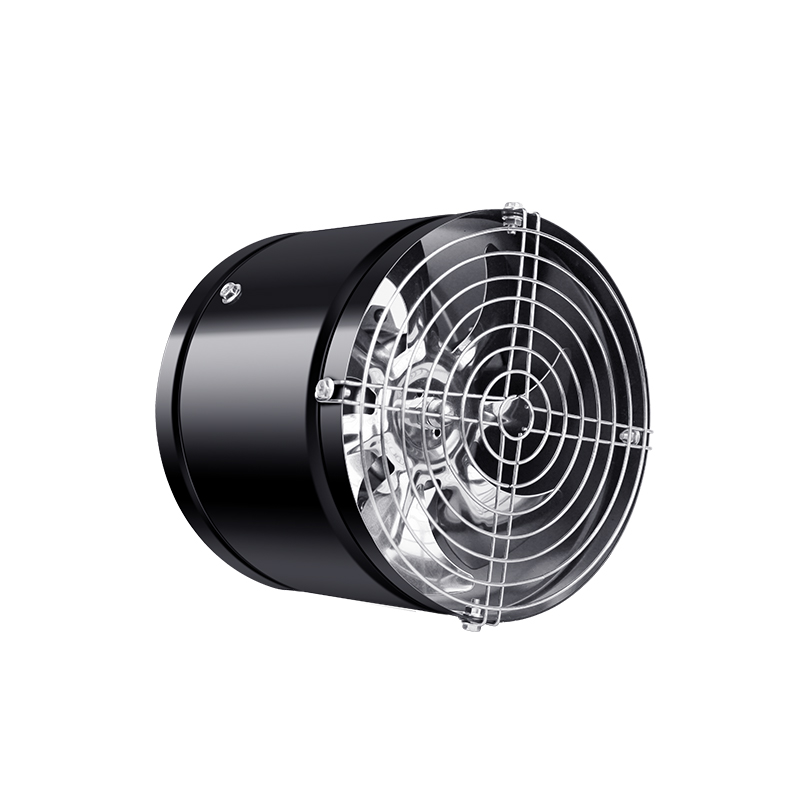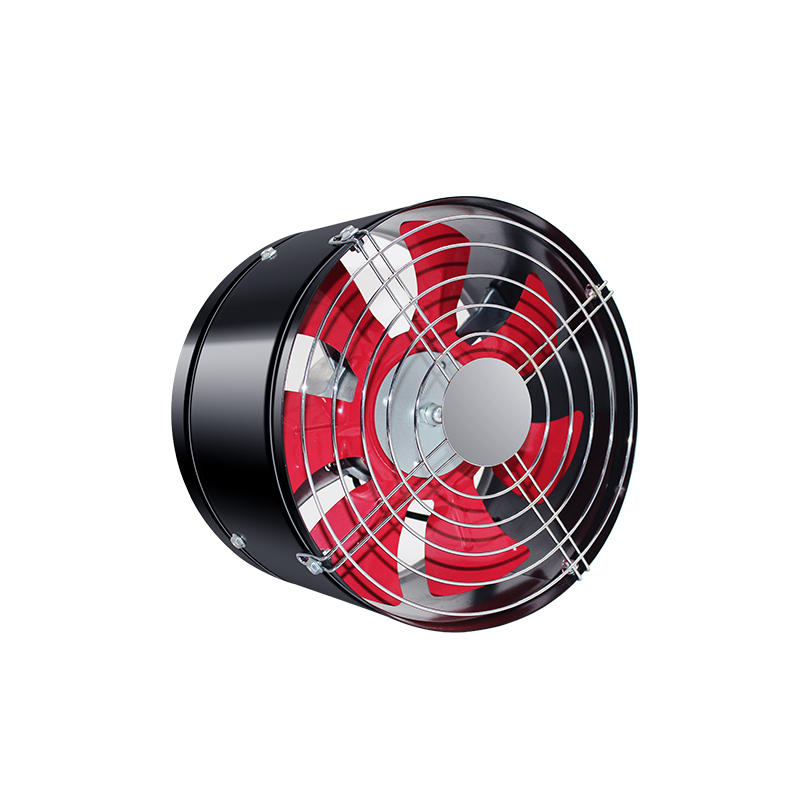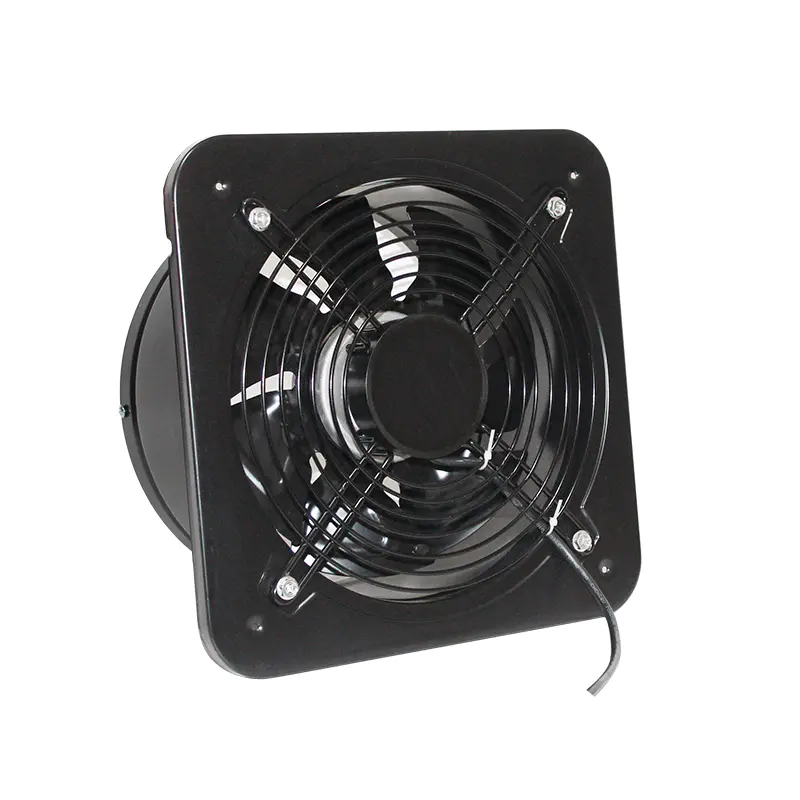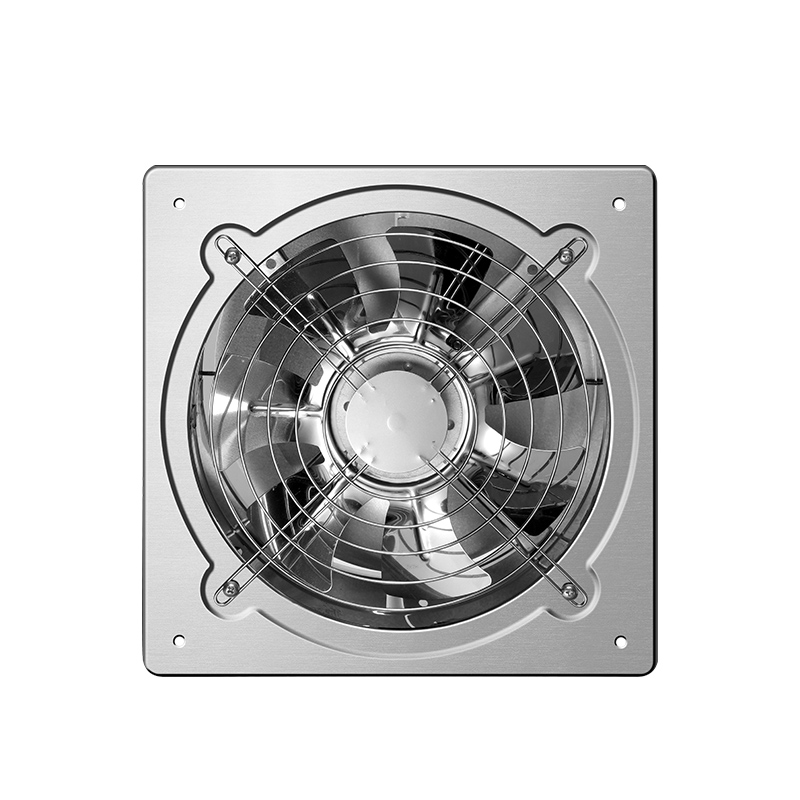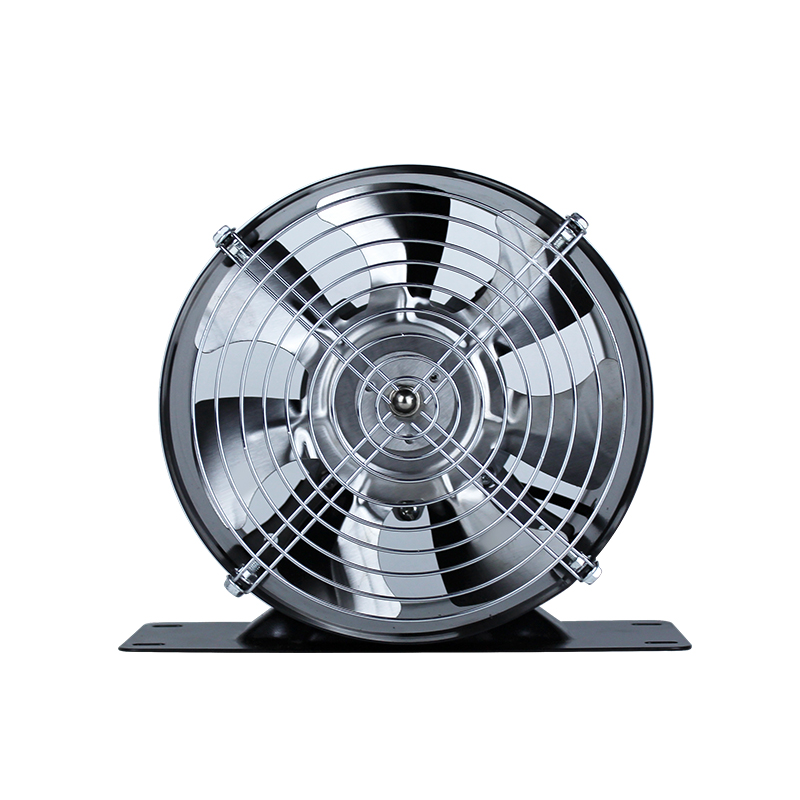News
The Ultimate Guide to Ducted Ventilating Fans: Selection, Installation and Maintenance
- 1 Understanding ducted ventilating fans and Their Importance
- 2 How to choose the right size ducted ventilation fan for your space
- 3 Ducted bathroom exhaust fan installation guide for optimal performance
- 4 Energy efficient ducted ventilation systems for modern homes
- 5 Noise reduction techniques for ducted fans in residential settings
- 6 Maintaining your ducted kitchen ventilation system for peak performance
Understanding ducted ventilating fans and Their Importance
Ducted ventilating fans are essential components in modern building systems, designed to improve air quality and regulate temperature by removing stale air and introducing fresh air through a network of ducts. Unlike non-ducted fans that simply circulate air within a single space, ducted ventilating fans create a complete air exchange system that can service multiple rooms or an entire building.
Energy-Saving Silent Duct Fan Inline Duct Fan
The primary benefits of these systems include:
- Improved indoor air quality by removing pollutants, odors, and excess moisture
- Enhanced thermal comfort through better air circulation
- Reduced condensation and mold growth in humid environments
- Energy efficiency when properly sized and installed
- Customizable airflow patterns to suit specific building layouts
How Ducted Systems Differ from Other Ventilation Options
When comparing ducted ventilation to other systems, several key differences emerge:
| Feature | Ducted Ventilation | Non-Ducted Ventilation |
|---|---|---|
| Air Distribution | Even distribution throughout multiple rooms | Limited to single space |
| Installation Complexity | Requires ductwork planning | Simple mounting |
| Noise Levels | Fan can be located remotely for quiet operation | Fan noise directly in living space |
| Energy Efficiency | Can incorporate heat recovery | Limited efficiency options |
| Maintenance Requirements | Duct cleaning needed periodically | Only fan maintenance required |
How to choose the right size ducted ventilation fan for your space
Selecting the proper size for your ducted ventilating fans is crucial for both performance and energy efficiency. An undersized unit won't provide adequate airflow, while an oversized one will waste energy and may create uncomfortable drafts.
Calculating Required Airflow Capacity
The first step in sizing your system is determining the required airflow, measured in cubic feet per minute (CFM). This calculation considers:
- Room dimensions (length × width × height)
- Air changes per hour (ACH) needed for the space type
- Special considerations like high humidity or pollutant sources
For residential applications, the general formula is:
CFM = (Room Volume × ACH) ÷ 60
Recommended Air Changes per Hour by Room Type
| Room Type | Minimum ACH | Recommended ACH |
|---|---|---|
| Bathroom | 8 | 10-15 |
| Kitchen | 10 | 15-20 |
| Laundry Room | 6 | 8-10 |
| Living Area | 4 | 6-8 |
| Basement | 3 | 4-6 |
Ducted bathroom exhaust fan installation guide for optimal performance
Proper installation of a ducted bathroom exhaust fan ensures effective moisture removal and prevents common issues like backdrafting or inadequate ventilation. Follow these comprehensive steps for professional results.
Planning Your Duct Run
The duct path should be as short and straight as possible, with these considerations:
- Maximum recommended duct length (including elbows) is typically 15-20 feet
- Each 90° elbow reduces effective length by about 5 feet
- 45° elbows are preferable when turns are necessary
- Always slope ducts slightly downward toward the exterior termination
Duct Material Comparison
| Material | Advantages | Disadvantages |
|---|---|---|
| Rigid Metal | Most durable, best airflow | Difficult to install |
| Flexible Aluminum | Easy installation | Can sag, reduces airflow |
| Insulated Flex | Prevents condensation | Bulky, reduced diameter |
Energy efficient ducted ventilation systems for modern homes
Modern energy efficient ducted ventilation systems incorporate advanced technologies to minimize power consumption while maximizing air quality improvements. These systems go beyond simple exhaust to provide balanced, controlled ventilation.
Key Features of High-Efficiency Systems
Look for these characteristics when selecting an energy-efficient system:
- ECM (Electronically Commutated Motor) technology for variable speed operation
- Heat recovery or energy recovery ventilators (HRV/ERV)
- Smart controls with humidity and occupancy sensors
- Properly sized ductwork to minimize static pressure
- ENERGY STAR certified components
Annual Operating Cost Comparison
| System Type | Average Wattage | Annual Cost (4hrs/day) |
|---|---|---|
| Standard Fan | 40W | $23 |
| High-Efficiency Fan | 15W | $9 |
| ERV System | 80W | $46 (but reduces HVAC load) |
Noise reduction techniques for ducted fans in residential settings
While ducted ventilating fans are inherently quieter than non-ducted models because the fan can be located away from living spaces, additional noise reduction techniques for ducted fans can create an even more peaceful environment.
Understanding Fan Noise Sources
Noise in ducted systems originates from several points:
- Motor and impeller vibrations
- Air turbulence in ducts
- Duct wall vibrations
- Termination points (grilles and vents)
Noise Reduction Strategies and Effectiveness
| Technique | Noise Reduction | Difficulty | Cost |
|---|---|---|---|
| Lined Ducts | 3-5 dB | Medium | $$ |
| Vibration Isolators | 2-4 dB | Low | $ |
| Duct Size Increase | 4-7 dB | High | $$$ |
| Acoustic Baffles | 5-8 dB | Medium | $$ |
| Remote Fan Location | 6-10 dB | High | $$$ |
Maintaining your ducted kitchen ventilation system for peak performance
A well-maintained ducted kitchen ventilation system removes cooking odors, grease, and moisture effectively while operating quietly and efficiently. Neglected systems can become fire hazards and lose performance over time.
Essential Maintenance Tasks and Frequencies
Regular maintenance should include:
- Monthly cleaning of grease filters (or as needed based on usage)
- Quarterly inspection of ductwork for grease accumulation
- Annual motor bearing lubrication (if applicable)
- Biannual cleaning of fan blades and housing
- Periodic checking of exterior dampers for proper operation
Signs Your System Needs Attention
| Symptom | Possible Cause | Solution |
|---|---|---|
| Reduced airflow | Clogged filters or ducts | Clean or replace filters |
| Increased noise | Loose components or debris | Tighten mounts, clean fan |
| Vibration | Unbalanced fan or worn bearings | Balance or replace fan |
| Motor overheating | Excessive load or failing motor | Check for obstructions |


 English
English 中文简体
中文简体
